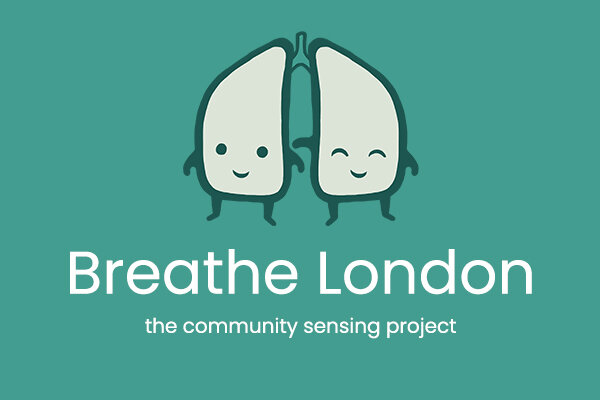- Joined
- 7 Apr 2008
- Posts
- 25,206
- Location
- Lorville - Hurston
thats my point. we have been much greener without ulez.......In 1962 thousands still burnt coal fires, barely anyone does now.
Also, I dread to think of car emissions and what crap was in petrol. Shedloads of lead for a start
Still about slightly now https://www.bbc.co.uk/news/uk-england-london-57564953
ULEZ doesnt make much if any difference based on stats.
The problem was delt with by making petrol greener and reducing the need to burn COAL



